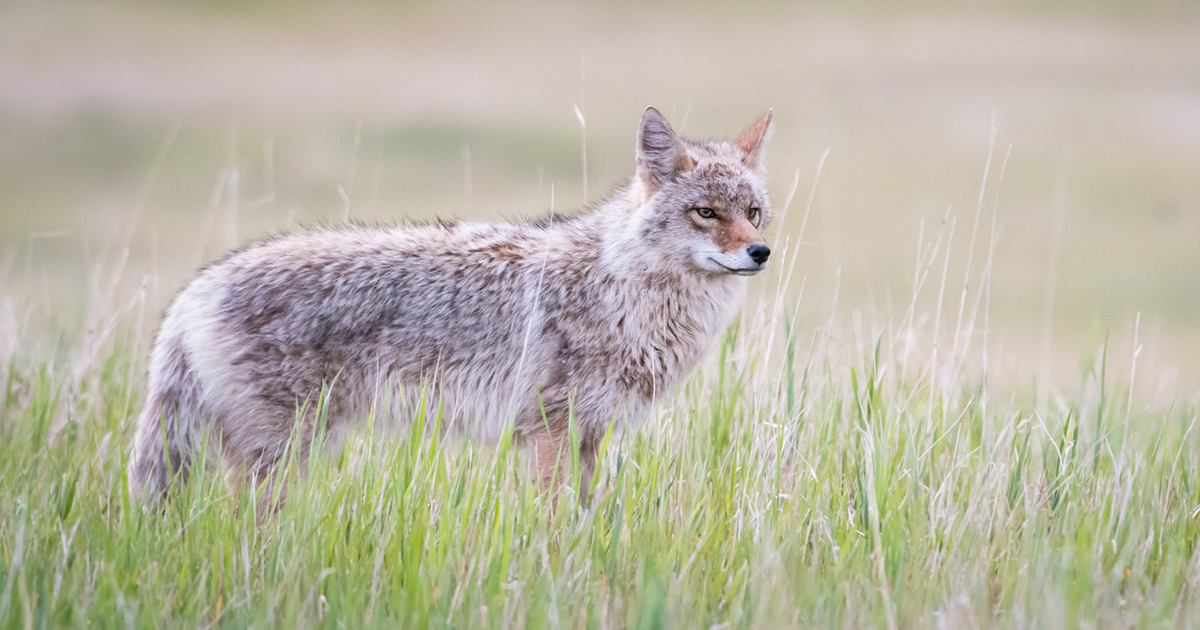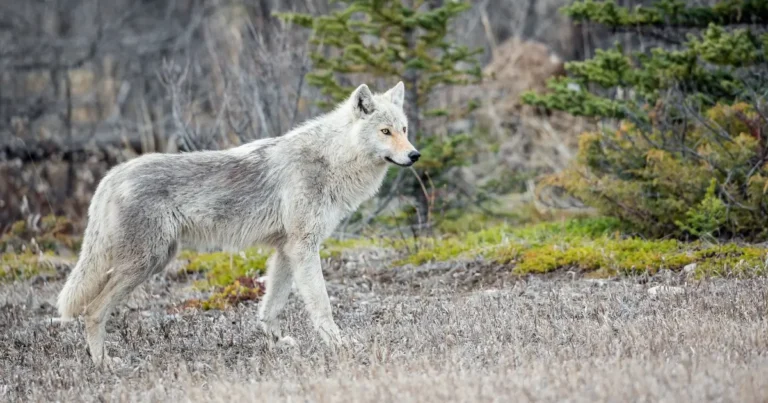
Photo by Jillian Cooper / Getty Images
Coyote culls may sound like a long-term solution to negative encounters, but the science indicates they aren’t effective, and can even have an impact opposite of the intended outcome.
As written by Lani Pulsifer:
Several studies have shown that culling coyotes (or other predators) as a form of population control is often unsuccessful and, in many cases, results in the opposite effect (Sacks, 2005; Goldfarb, 2016; Minnie et al., 2016; Newsome et al., 2017). Post-cull, coyotes and other species of mesopredators have been shown to demonstrate two retaliations: compensatory reproduction and compensatory immigration (Minnie et al., 2016). Compensatory reproduction refers to the observed event where, in response to a lowered population, females will demonstrate a higher reproductive output. This ultimately means a larger population of coyotes in the long run. Similarly, compensatory immigration refers to the fact that as soon as an area is cleared of an individual it is almost immediately reinhabited by a neighboring individual (Minnie et al., 2016; Newsome et al., 2017).
It is also logical to follow that in scenarios with ongoing negative encounters, failing to address the significant impact humans have in ecosystems and on wildlife behaviour will lead to more negative encounters. Numerous instances of wildlife feeding and humans attempting to be closer to wildlife leading to conflict are documented. For example:
Sea lion pulls girl into water
Polar bears fed – then ate dog
National Park Visitors can’t seem to stop getting too close to wildlife
Tourist selfies could be spreading COVID to endangered mountain gorillas
It is vital that, in instances of negative encounters with any wildlife, the human element be considered from an objective position; failing to do so will often mean a repetition of conditions that lead to the original issues.
Check out more scientific literature on coyotes by clicking here.
References:
Goldfarb, B. (2016). No proof that predator culls save livestock, study claims. Science, 353(6305), 1080-1081. doi: 10.1126/science.353.6304.1080
Minnie, L., Gaylard, A., & Kerley, G.I.H. (2016). Compensatory life-history responses of a mesopredator may undermine carnivore management efforts. Journal of Applied Ecology, 53, 379-387. doi: 10.1111/1365-2664.12581
Newsome, T., Van Eeden, L., Lazenby, B., & Dickman, C. (2017). Does culling work? Australasian Science, 38(1), 28-30.
Sacks, B.N. (2005). Reproduction and body condition of California coyotes (Canis latrans). Journal of Mammology, 86(5), 1036-1041.
